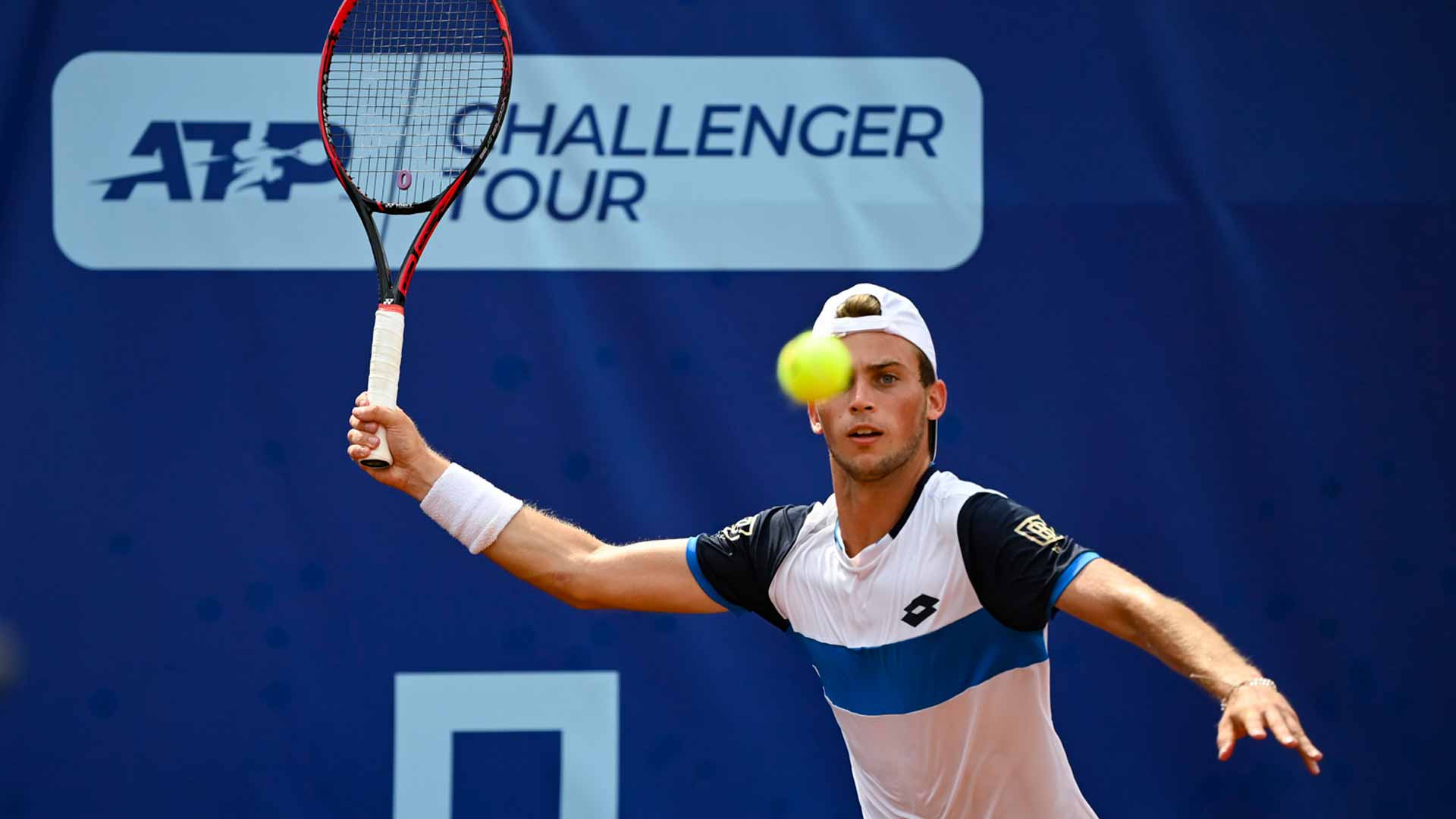How Andre Agassi Would’ve Handled The COVID-19 Break
How Andre Agassi Would’ve Handled The COVID-19 Break
Gil Reyes is a strength and conditioning coach who is well-known for his work with former World No. 1 Andre Agassi. How does he believe the American legend would have handled the five-month suspension of play due to COVID-19?
“Unconditionally Andre would have handled this and solved this as well as anyone,” Reyes told ATPTour.com. “[He would have done it] just by thinking it out, talking it out and counting backwards. ‘Right now it looks like the next tournament is going to be this, that leaves us this amount of time, here’s what we’re going to do during that time.’
“It was a thing of beauty listening to him say, ‘When I play this guy I find myself needing more of this, I need to work on that for that guy. I need to prepare my craft and my game now that we have time off.’”
According to Reyes, Agassi mastered the ability to understand his body and his game. The 60-time tour-level titlist instinctively knew, through experience, when to dial back his practice, his conditioning, and in some cases, both.
“He was so amazing about his body, what he needed, what he didn’t need. We would have had a talk about it [in this situation], but Andre would have known to say, ‘You know what, I need some rest,’” Reyes said. “There would have been no questions, no debates, because he spoke with wisdom and clarity. Andre would have known when it was time to shut it down a little bit, or he would look at me sometimes and say, ‘I’m not feeling my legs the way I need to out there on the courts.’
“Andre would have made that call and I would have gone with it 100 per cent because you know what’s going on when you’re out there, what you feel and you don’t feel.”
Agassi leaned on Reyes and his tennis coaches, including the likes of Brad Gilbert and Darren Cahill, to structure his daily training on and off the court. But as far as what they generally focussed on, he always had a say.
“He’s a thinker and a really cerebral guy. He would have sorted this out. He would have said, ‘Okay, what am I going to do with this time and why?’” Reyes said. “He would have figured this out early… there was a lot of grey area [during the pandemic], but Andre would have been one of those to say, ‘Okay, I don’t need to hit right now, I need to get faster, I need to get stronger, I need to work on my cardio’, and that’s what he would do.”
For some players, working on the physical side is not just key to their overall fitness, but their game due to their style of play.
“The players were getting younger and as Andre would say to me, ‘I don’t need to get younger, I need to get stronger, because these guys are coming,’” Reyes recalled. “Of course Andre did. He maintained a certain level of physicality that served him well.”

Agassi was never consistently out due to injury, but he missed the end of the 1993 season due to a wrist injury, which required surgery. The American fell outside the Top 30 of the FedEx ATP Rankings and did not return until the end of February the following year. When he returned, however, Agassi was refreshed, finishing that season as World No. 2.
“He came back really, really good because he was forced to shut down. It just came at a time when the body and mind could have used a little break,” Reyes said. “Most of these athletes, tennis players, they’ve been playing tennis since they were five or six, probably competitively since nine or 10. By now they’re 10, 15-year veterans, so this break was not such a bad thing. This break was not completely horrible physically.”
Now, the break is over. Players are ready to restart their ATP Tour seasons at the Western & Southern Open. There is a lot on the line, as they must find their form right out of the gate at an ATP Masters 1000 event. Reyes knows the athletes have been working hard ahead of the return to tennis, but competition itself is irreplaceable.
“There’s nothing like a real match. I learned that from Andre,” Reyes said. “He was always sharp and ready. He would always say, ‘I have to go into the first round knowing that there are going to be some twists and turns here that I’m going to have to navigate no matter who the person is because this is a whole different scenario.’”



